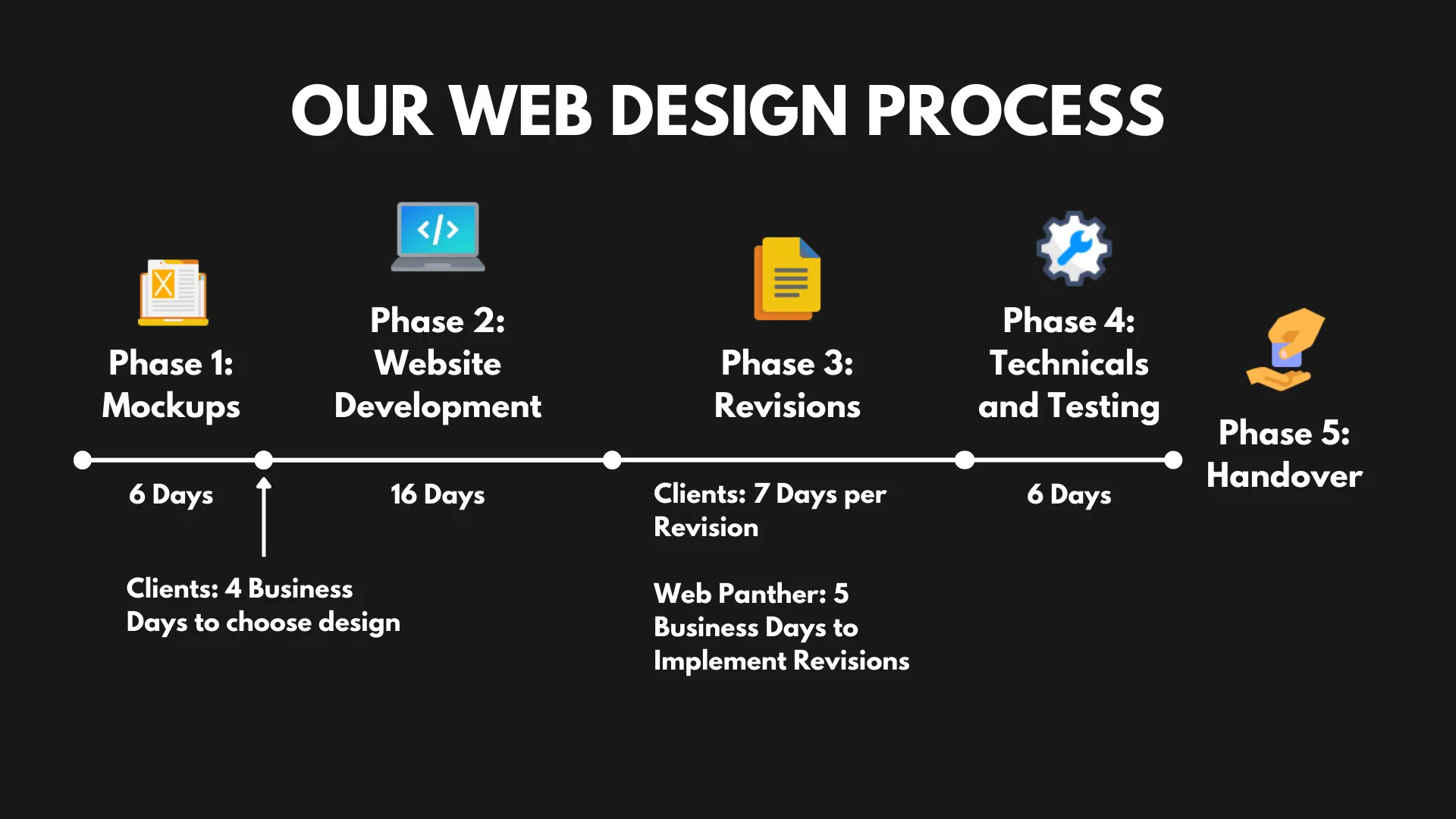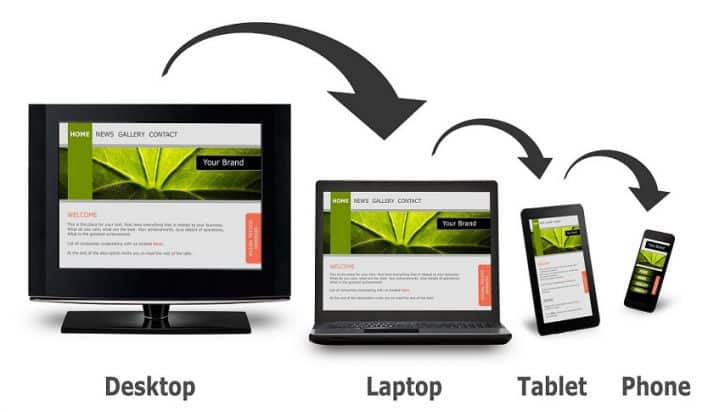How long does it take to design a website?
Introduction
Designing a website is an essential part of building an online presence for any business or individual. The website serves as a platform to showcase products, services, and ideas to the world. The website design process can vary depending on several factors such as the size of the website, the complexity of the design, and the expertise of the designer. In this article, we will explore the various stages involved in designing a website and how long each stage may take.
Factors that affect the website design timeline
Before delving into the specifics of the website design process, it is important to understand the various factors that can affect the timeline of designing a website.
Size of the website
The size of a website is a significant factor in determining the time it takes to design a website. A small website with only a few pages may take a few days to a week to design, while a larger website with multiple pages and functionalities may take several months to design.
Complexity of the design
The complexity of the design is another important factor to consider. A simple and straightforward design may take less time to design than a complex design with multiple functionalities, animations, and graphics.
Content
The content of a website is another factor that can impact the website design timeline. The website designer will need to incorporate the content into the design, and this process may take longer if there is a significant amount of content to include.
Client Feedback and Approval
The client’s feedback and approval are critical in the website design process. The designer may need to make changes to the design based on the client’s feedback, and this can impact the timeline of the process.
The website design process
Now that we have a basic understanding of the factors that can affect the timeline of designing a website let’s explore the various stages involved in the website design process.
Stage 1: Planning
The first stage of the process is planning. During this stage, the designer will meet with the client to understand their business needs and goals for the website. The designer will also discuss the website’s functionalities, design, and content during this stage. The planning stage may take a few days to a week, depending on the scope of the project.
Stage 2: Wireframing
Wireframing is the second stage of the whole process. During this stage, the designer will create a visual representation of the website’s layout, structure, and functionalities. This stage may take a few days to a week, depending on the complexity of the website’s design.
Stage 3: Design
The design stage is where the designer will create the website’s visual elements, including graphics, images, and typography. This stage may take several weeks, depending on the size and complexity of the website.
Stage 4: Development
The development stage is where the website’s functionalities and features are built. The developer will write code to bring the design to life, ensuring that the website is functional, responsive, and optimized for search engines. This stage may take several weeks to several months, depending on the complexity of the website’s functionalities.

Stage 5: Testing and Launch
The testing and launch stage is where the website is tested for functionality, usability, and compatibility with different devices and browsers. The designer and developer will also perform a final review of the website’s content and design before launching it. This stage may take a few days to a week, depending on the scope of the testing required. For a website design company in canberra see here.
In Summary
In conclusion, designing a website can take anywhere from a few days to several months, depending on the size, complexity, and requirements of the website. It is important to understand the factors that can affect the timeline of the design process, such as the size of the site, the complexity of the design, and client feedback and approval. By following a structured process, businesses and individuals can ensure that their website is functional, user-friendly, and visually appealing.






